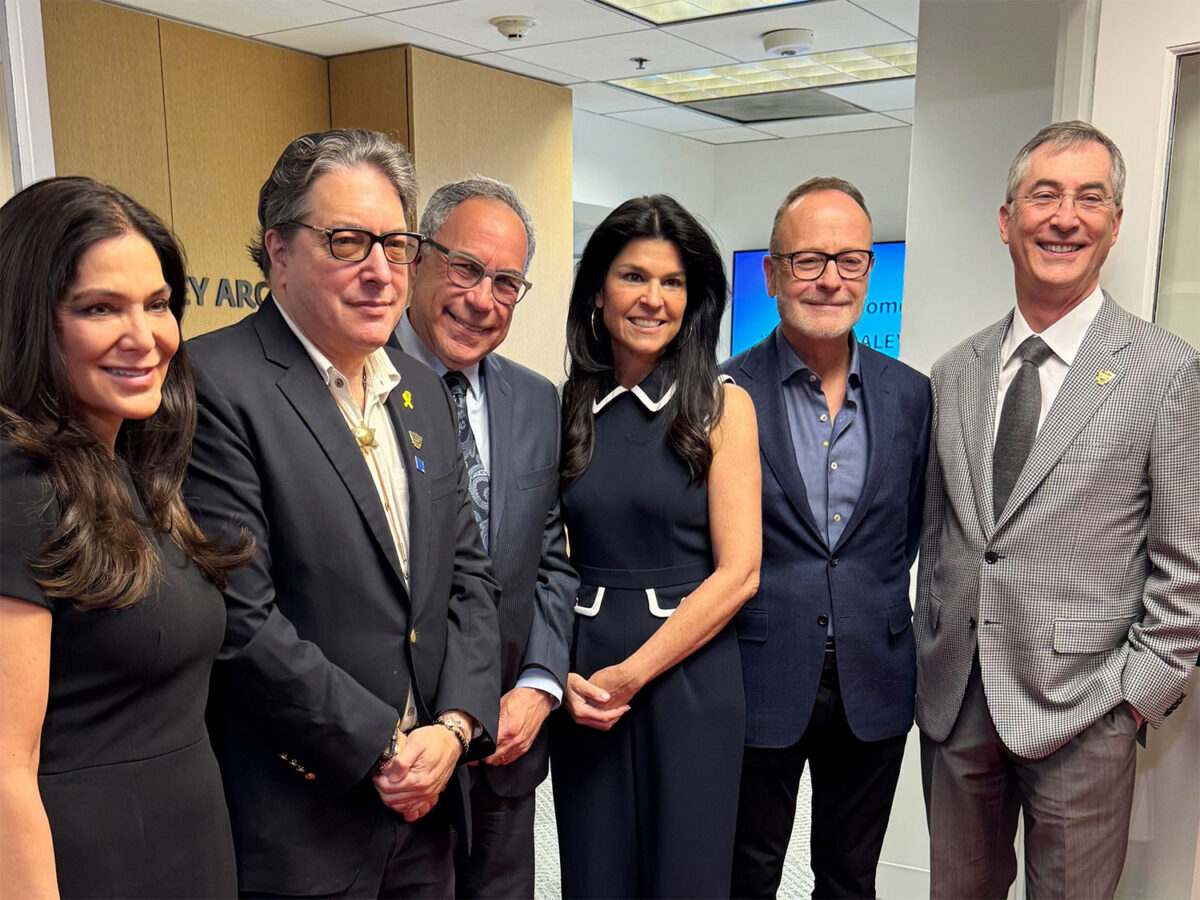The days of lying on a chaise longue and unloading secrets onto a bespectacled, pipe-smoking gentleman in a three-piece suit are long gone. As COVID-19 has disrupted the traditional therapeutic model, the Maple Counseling Center in Beverly Hills has turned to virtual platforms. After months of adjusting to this remote reality, the Center is contemplating what the future of therapy will look like for them and for the field at large.
Its services have never been more critical. The Centers for Disease Control released a survey in August showing that over 40 percent of adults reported experiencing mental health challenges related to the pandemic, including anxiety and depression.
The Maple Counseling Center has operated out of Beverly Hills for nearly five decades, starting as a response to rising drug use in Beverly Hills Unified School District in the late ’60s. The Center continues to offer services within the district, but has expanded since then to provide services for all age ranges.
“Services for cradle to grave, if you will,” CEO Marcy Kaplan explained to the Courier. “We have programs for very young children and families and we provide counseling services all the way up through older adults.”
In addition to its school programs and work with partner agencies, the Center performs between 500 to 550 sessions per week, Kaplan said. Its mandate also encompasses a training element. “We have a large training program for the next generation of mental health professionals, and that includes graduate and postgraduate students and marriage and family therapy, social work, and clinical psychology,” Kaplan said.
COVID-19 disrupted both the Center’s clinical services and the training program, forcing the Center to abruptly shut down in March.
Dr. Marianne Callah, the Center’s Clinical and Program Director who oversees the training, told the Courier that the interns in March benefited from having prior relationships with their patients, supervisors, and each other.
“They went into a different mode, a different format for doing what they had been doing, but they weren’t starting from zero,” she said.
But in August, a new class of 42 interns joined the Center at a time of unprecedented change in the field with no established routine or relationships to anchor them. Most of them had the benefit of coming from graduate school, though, where they became familiar with remote learning.
“They’re very familiar with the remote platforms,” Callah said. “Their classes are being taught over Zoom, and they know that this is the reality, but I think it’s also a very, very far cry from what they had expected to be doing when they envisioned themselves starting out their clinical work, seeing their first clients.”
The new approach to therapy also necessitated a new approach to training. For every class prior, interns would conduct sessions in the Center itself. Working remotely, they now had to run sessions from their own homes. Callah reviewed with the interns how to establish a professional appearance in the room where they would conduct their sessions and reemphasized the importance of maintaining standards despite working from home.
Additionally, using feedback from the previous class of interns, Callah offered practical advice to the incomers–simple, hard-earned tips like having a backup plan if technology fails, such as completing the session over the phone, or resending a video conference link the day of the session.
After the initial scramble of adjusting to an entirely remote therapeutic model, the Center began to see a potential silver lining–one that could carry over long after the pandemic subsides. Without the logistical hurdles of commuting or finding an available room, Kaplan and Callah found the new model more accessible in many ways.
“When we started being able to take in new clients, we realized that it was a different game altogether to start new clients remotely and only remotely–people that would never actually walk in the doors of our center,” Callah said. Even without actively promoting the Center farther afield, people who live outside of a “reasonable driving distance” began reaching out, according to Callah. Additionally, she said more people have begun requesting multiple sessions per week without the constraints of traveling to a physical office.
On the flip side, patients who had left the state to go to school or return home soon found that they could not continue with the Center, even remotely. “There are laws pertaining to the practice of therapy that vary from state to state,” Callah explained–a reality that the Center never had to confront in pre-COVID times.
Kaplan acknowledged the limits of the technology’s accessibility. “There are, for example, older adults who are not comfortable with technology or don’t have the technology, or don’t want to use the technology,” she said. “We also know, as we see people from other communities that might not have internet capabilities or technology, [teletherapy] might not be an option. There’s so much we don’t know yet.”
The transition to teletherapy has not been without its cost.
“We had to purchase the platforms that our counselors use to do the sessions, and initially looking at it and determining costs, it didn’t seem so bad: a month, two months,” said Kaplan. “Right now, we’re six months into this. It is costly.”
This, coupled with the economic ramifications of the virus, has put the Center in a tight financial situation. Even while offering affordable services at a sliding scale, the Maple Counseling Center earns most of its revenue from patient fees. “There are a lot of people who do not have an income right now because they lost their jobs,” said Kaplan, “so their fees are being set quite low.”
“The demand is up, the costs are up, and the income is down,” she said. “It’s a challenging time.”
As the Center looks to a future that integrates in-person therapy and teletherapy–a future that balances the disadvantages of each with their respective benefits–they will have to find new ways of accounting for the additional costs.
“That’s going to be a huge and ongoing need.”







